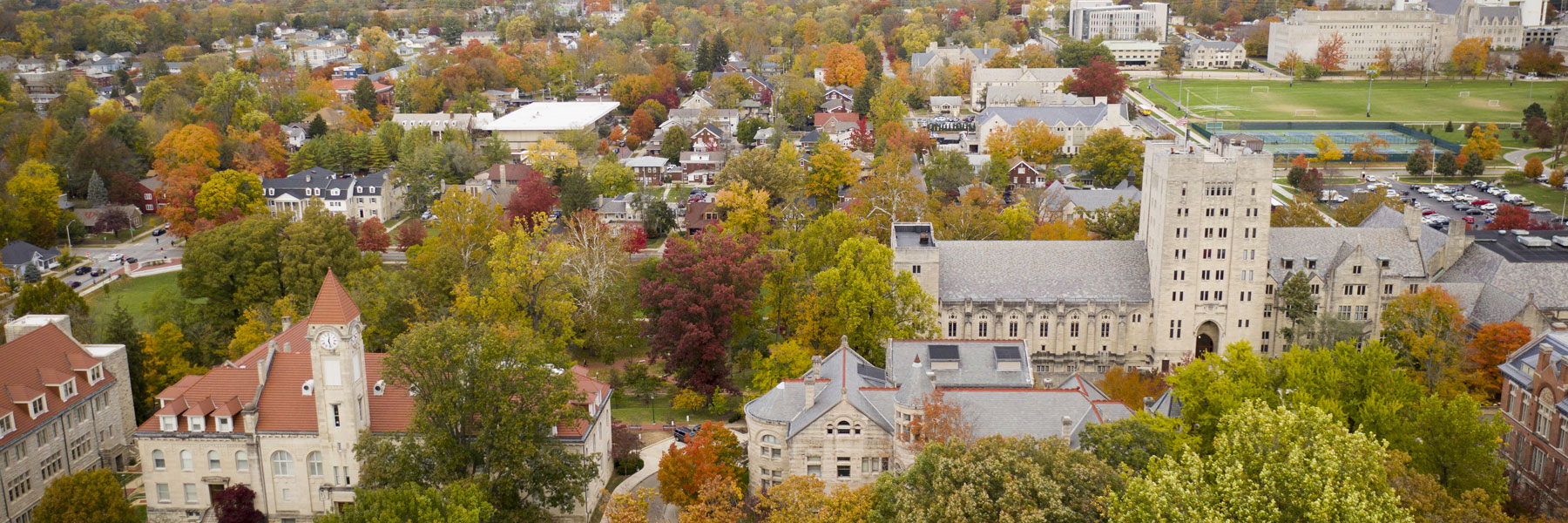Even though Indiana University began in 1820, housing did not come along for another 18 years. The evolution of on-campus housing and dining has followed social change.
1890s–1910: IU women change the university landscape
In 1904, Vice President and Dean of the Law School George Reinhard convinces his son-in-law, Colonel Louden, to build a boarding house for women students of IU. Alpha Hall, opened in 1906, included dining facilities for women.
1910–1940: A modern university takes shape
In 1920, Alice McDonald Nelson arrives to revive the failing Alpha Hall. During President Bryan’s administration (1902-1937), with higher enrollments, the Bloomington community could no longer support the increasing number of students and construction begins. The university financed most of the construction and Public Works Administration (PWA) grants supported some of the growth.
1940–1960: The GI Bill opens opportunities to returning veterans at IU
1942: During WWII, a group of women Navy trainees known as WAVES (Women Accepted for Volunteer Emergency Service) come to IU and live in co-ed housing with men because of limited space. President Roosevelt signed the GI Bill in 1944, and university enrollment grows. IU welcomes 2,200 veterans to campus in 1946 and scrambles to house the incoming students with Quonset huts, trailers, and prefabricated houses. By 1960, three residence halls and five apartment complexes open for married students.
1960–1990: Fluctuations in demand and the residence halls as learning environments
By the end of the 1960s, on-and-off campus student housing growth led to concerns of vacancies in the residence halls. The building boom had slowed. In 1972, the College of Arts & Sciences created the first living-learning center that would later be named for Ralph L. Collins in 1982. In 1974, demand for on-campus housing rises to a point where administrators begin housing students in lounges for the first time. However, fluctuations in demand over the next few decades make the decision difficult to rationalize building new residence halls.
1990-2020: IU Bicentennial: Onward to a third century of student living and learning
From 1999–2002, outside consultants are brought in to help with housing renovation plans. Their goal was to explore what should the future of housing at IUB look like. In 2002, the Board of Trustees approved the motion that first-year students were required to live in the residence halls because of the positive benefits for a richer educational experience and in 2008, the board approved a five-year plan to improve student housing. In 2010, Union Street Center is the first new residential building constructed on campus since 1969.


